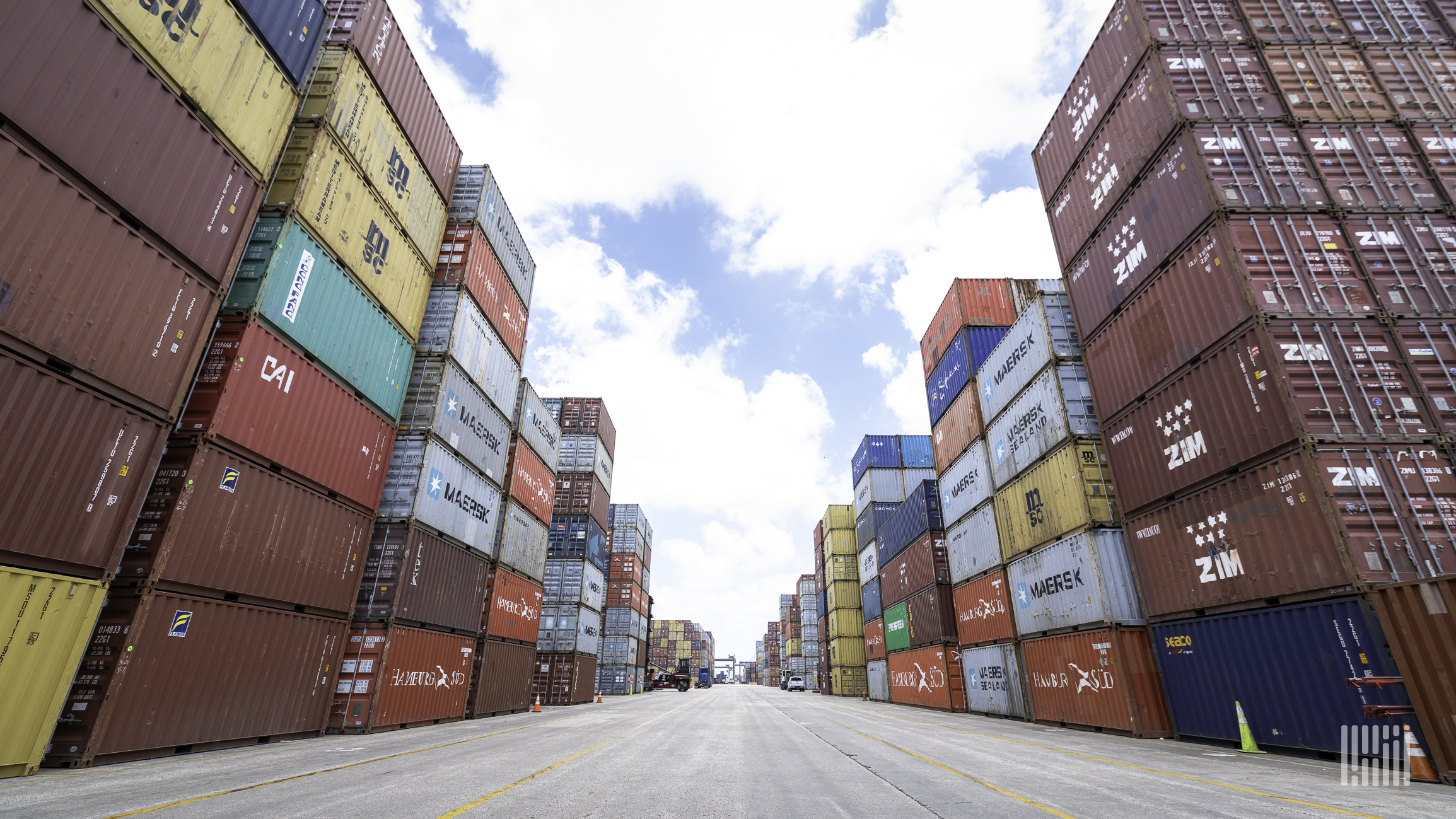
03 Feb Importers are facing massive rises in ocean contract costs
Remember when people thought spot rates for container shipping will peak last October during Chinese Golden Week? They weren’t near, still. Then they talked about the end of the year. Incorrect again. Then the Chinese New Year, which begins next week, was pointed out.
That won’t happen either, either. Spot prices continue to be stratospheric. Port congestion in California keeps breaking records (on Monday, there were 40 container ships at anchor in San Pedro Bay, a fresh all-time high). Due to the port shortage, liners are cancelling trips this month, moving even more volume to the months after Chinese New Year.
It now seems that spot prices in the second quarter will remain high. They may be ebbing from their current highs, but they will almost certainly not crash.
This is exactly the scenario feared by U.S. importers. In the midst of a spot-rate boom, they would have to negotiate their annual contracts that usually expire by May 1.
The spot market has been crazy… [and] timing is in the favour of carriers to negotiate contract prices because spot rates are so high,” said Nerijus Poskus, the global ocean freight head of Flexport, during a webinar presented last week by Flexport.”
During the latest market presentation of his company, Patrik Berglund, CEO of Xeneta, a company that collects and analyses contract-rate data, said, “The industry experts and veterans we speak with think that the first half could be a squeeze for the whole period.”
“At the moment, this is a historically strong demand for sellers. We see that in total for the first half,” Berglund said, adding: “The high spot prices… have cascaded into contract deals, putting the pressure on worldwide shippers.
Contract prices could increase by high double-digit figures
The XSI index from Xeneta tracks ocean contract prices. In January, it rose 5.9 percent versus December, one of the biggest month-to-month gains ever.
If your contract expires on May 1 and you’re asking if you should go to tender or not, I can only suggest you go to tender, according to Thorsten Diephaus, Xeneta’s strategic account chief.
“Because what we have seen with companies not going to bid when their old prices expired in December [when European contracts were renewed] is that, with all the volumes they are moving, they are more or less close to the spot market.”
Those who pressed ahead with long-term contract tenders are seeing “an increase in certain trades by 30-50 percent or sometimes probably even more,” Diephaus said.
That sounds like a tonne, but in contrast to spot prices, which are quadruple contract rates in many situations, it pales. China-West Coast prices (SONAR: FBXD.CNAW) spot rates, minus thousands in additional fees, were $4,262 per forty-foot equivalent unit (FEU) on Friday, according to the Freightos Baltic Daily Index. Place prices for the China-East Coast (SONAR: FBXD.CNAE) were $5,651 per FEU.
During the Flexport webinar, SeaIntelligence Consulting CEO Lars Jensen said, “We have not seen contract rates explode to the same degree as spot rates, but over the last few weeks they have been coming up rapidly.”
“When the market crashed, most contract rates took a nosedive back in 2016,” Jensen recalled. “Since then, the carriers have attempted but failed to lift contract prices. 2021 seems highly likely to be the year that they finally succeed in doing so.
And if they put contract prices to usual pre-2016 market-crash levels, what you’re looking at is a 70 percent rise in the trans-Pacific and a 50 percent rise in Asia-Europe, in very round numbers,” Jensen said.”
How shippers can reduce exposure to spots
The distribution today between long-term contract prices and spot rates “is unprecedented,” Berglund said. You’re not talking about a 30-40 percent cost rise if you’re forced into the spot market. You’re talking about a budget for transportation which goes through the roof.
One way shippers can limit the damage is to forecast volumes more accurately, because of COVID-driven demand uncertainties, an even higher order than normal in 2021.
“Poskus stressed, “Predicting the volumes you are going to ship has never been as critical as it is this year. The MQC [minimum quantity commitment] separated by 50 or 52 [weeks] is simply no longer going to cut it. You’ll end up paying more if you can’t estimate [quantity] well.
Diephaus warned, “In this type of market, if you award five boxes a week to a carrier or supplier and you bring only three boxes a week, I bet the carrier will only cut your allocation to three boxes.” They will bill you for the remaining boxes on top. This is something we have seen before.
How carriers may be exposed to hiking spots
I would also be quite shocked at these rate levels if carriers did not decrease their long-term [contract] market share in some big trades and bring more to the spot market,” continued Diephaus.”
What that means, in practise, is that this year, shippers must further diversify their suppliers of ocean freight.
If in the past you have used one carrier for a lane, you may need to break it between three. The carrier will not approve the rate levels you ask for and decrease your [contract] potential from the past. We are seeing this happening now. For the same quantities they had in the past, consumers need to nominate more suppliers.
There’s going to be quite a bit of friction between carriers and shippers in contract negotiations in 2021, according to Jensen. Carriers want their own profitability to be maximised, which is perfectly fair in every market. But that comes at a price: more friction with their clients in their relationships.

